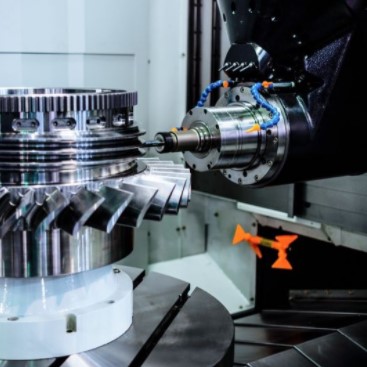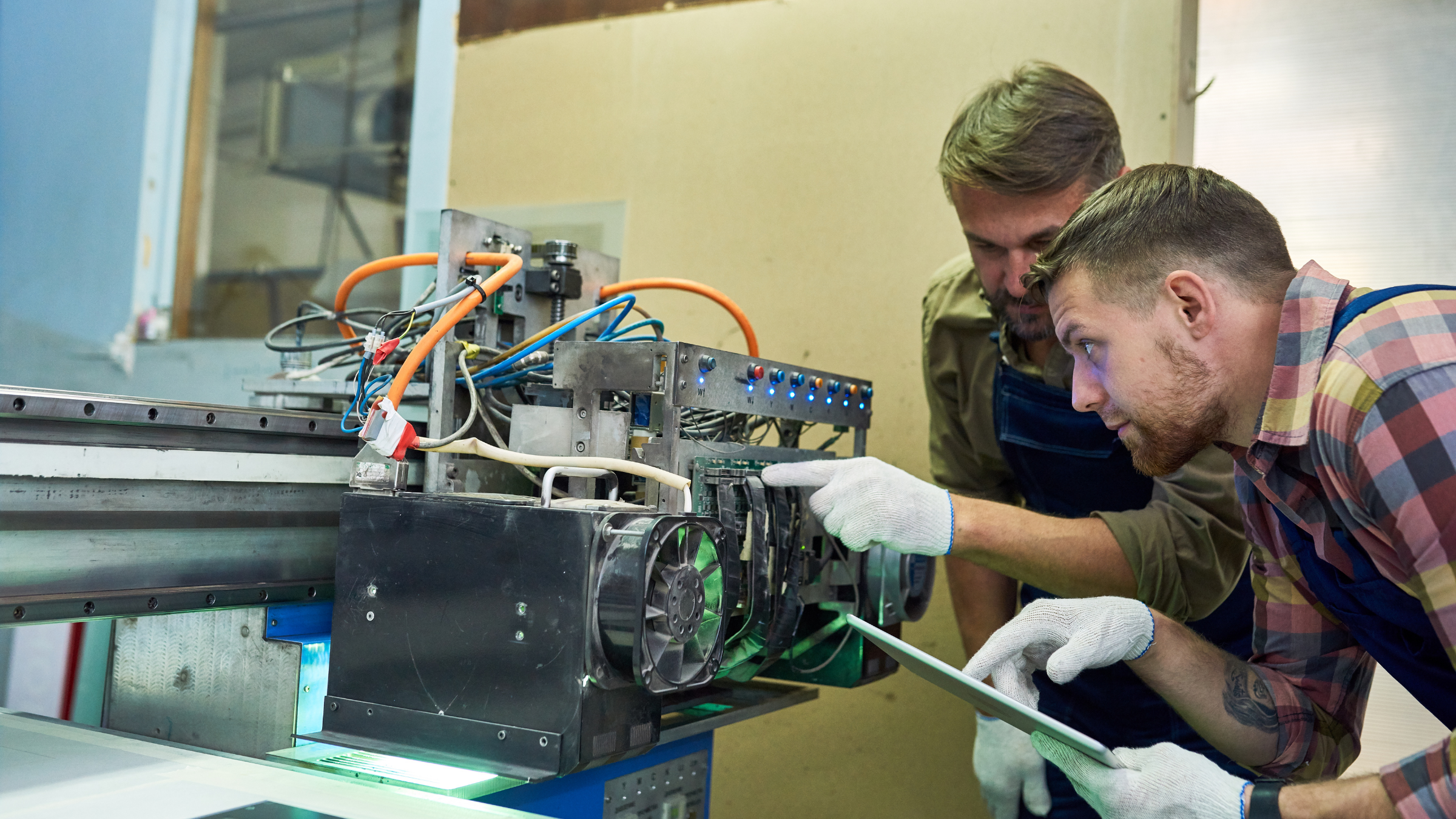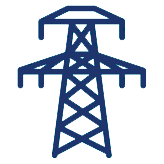All service-based businesses rely heavily on their engineers and technicians. These employees typically act as the face of your business, meeting clients in-person and showing off your company’s expertise.
When your engineers consistently fix asset issues at the first attempt, your organisation benefits from:
- Reduced call out costs
- Minimal business downtime
- Increased customer satisfaction
- Improved efficiency & profitability
- Less travel time, & therefore is more eco-friendly
A high first time-fix rate will also increase the job satisfaction of your engineers and technicians themselves, because they are doing things quickly, and well, on a regular basis.
However, you cannot take shortcuts to improve your first time-fix rate – nor should you want to. Consistently fixing assets at the first attempt requires a prolonged commitment to equipping your engineers with the tools they require, as well as a sizeable financial investment, and a time investment, too. This will be explained further in the article below.


The importance of your company’s first time-fix rate
Companies with a high first time-fix rate stay ahead of the curve, and the competition. It can often be difficult to know how your engineers are performing compared to your rivals – but monitoring your first time-fix rate provides a measurable, accurate indicator of engineer performance.
In addition, your organisation’s first time-fix rate is often indicative of wider considerations in your business – for example, whether your staff are motivated and have sufficient levels of training. A high first-time fix rate also has financial advantages. When your engineers get the job done first time, without having to make additional visits, it minimises disruptions and:
- Saves time
- Saves money
- Saves resources
When your engineers and technicians are unprepared and do a poor job, return visits are likely, fixes are unsuccessful and customers get frustrated. This can deteriorate client relationships, and/or escalate costs. Monitoring your company’s first time-fix rate can also act as a useful Key Performance Indicator (KPI) for your business, as it typically correlates with:
- Client satisfaction
- Engineer competence
- Where time and money are being wasted
- Where there are problems with assets/performance to investigate
Your company’s first time-fix rate can also be a valuable tool when managing and rewarding team performance within your organisation.
By setting first time-fix performance targets for your engineers, and then measuring success in-line with that target, it offers a useful way of identifying your top performers, as well as the ones who require more training
What a good first time-fix rate looks like
A study by the Aberdeen Group found that the average service-based company achieves a first time-fix rate of 80%. To maintain a noticeable advantage over your competitors, you therefore need to aim for higher than a 90% first time-fix rate.
The study also found that companies with a first time-fix rate of more than 70% achieved a customer satisfaction rate of 85%, whereas those with a first time-fix rate of less than 70% had a customer satisfaction rate of 66%.
These figures show that:
- 60 – 70% first time-fix rate is poor
- 70 – 80% first time-fix rate is OK
- 80 – 90% first time-fix rate is good
- Over 90% first time-fix rate is outstanding
The above statistics emphasise the importance of proactively monitoring and improving your first time-fix rate.
Below, we have outlined five steps your company can take to improve its first time-fix rate.


1. Improve internal and external communication
When your engineers travel to a site and complete a work order, it is critical that any queries and potential challenges are resolved before arrival. For example, when an engineer arrives on location and cannot access the asset they need to fix, this is proof of a major communication breakdown.
To avoid disasters like this, effective communication is key. When the end user, and your company’s helpdesk team and engineer, are all in regular communication on the same platform, it will help to:
- Ensure everyone is on the same page
- Reduce misunderstandings
- Increase the likelihood of a first time-fix
The Aberdeen Group’s study shows that the main reason customers complain is because an engineer has failed to solve an issue. To avoid this, your company’s engineers must communicate clearly with the helpdesk and customer pre-arrival, so all possibilities are planned for.
2. Train your staff properly… and then send the right people!
To increase the likelihood of a first time-fix, it is important that your engineers are properly trained. When you send employees into the field without the correct skillset(s), it can leave them vulnerable if an unforeseen circumstances – such as an unexpected asset fault – arises.
Therefore, to improve your first time-fix rate, training is essential. You need to provide your engineers with:
- Detailed procedures to always follow
- Guidance from more experienced engineers
- Skills training for a range of problems
- Training in how to use every tool in their arsenal
Once you have properly trained your engineers in everything required to maximise their first time-fix rate, you then need to send the right person for the job, when a work order arrives. For example, there is no point sending an engineer specialising in burst pipes, when the problem requires an electrician.
By getting your work allocation process spot-on every time, your business will increase its first time-fix rate.
3. Maintain accurate asset data that everyone has access to
When your engineers have access to accurate asset data, it results in a higher first time-fix rate. In particular, your company will benefit if you implement systems which ensure work orders always have the following data:
- Information on the type and complexity of the asset
- Photos and videos from the site
- Details about the asset’s history
When your engineer can view an asset’s service history, they are better equipped to identify common failures and avoid return visits. It will also allow your team to use failure reporting to improve your first time-fix rate, because if they can report on why something has failed, they can use the cause, remedy and effect, to diagnose what the problem is if it occurs again.
Furthermore, maintaining accurate asset data can help your business to identify common trends amongst particular locales/asset types, if such trends exist. For example, if a first time-fix is consistently elusive at one particular plant, then this may suggest that the entire plant’s assets are at the end of their life and require permanent replacement.
Identifying asset commonalities is only possible when your engineers (and your helpdesk) can maintain a birds-eye view of all the work going on. Otherwise, you may misunderstand the root cause of low first time-fix rate, and suspect lack of staff training, when the real cause may be declining assets.


4. Organise time efficiently
Your organisation’s first time-fix rate can be positively impacted by engineer scheduling, if the assignment of jobs is efficiently managed. When you assign work orders to engineers within a local area, with the necessary expertise, rather than using inefficient systems that force your engineers to drive unnecessarily long distances, it enables:
- Increased efficiency and productivity
- Reduced worker fatigue
- Improved first time-fix rate.
In particular, you want to ensure that your engineers don’t run out of time, and therefore have to come back at a later point to complete a job.
Integrated digital tools (EAM, optimised scheduling, and a user-friendly mobile application) are the only way you will be able to achieve this efficiently. Excel or Outlook are not good enough, because they don’t allow for last-minute changes in circumstances.
5. Invest in the right mobile solution
Most engineers work ‘in the field’, driving between different sites without returning to base. In this instance, a high-functioning mobile tool is critical to ensure data integrity and accuracy, and live updates on asset status. The best mobile tools can enable your field workers to:
- Capture accurate data in real time
- Access answers to queries more quickly
- Get real-time insights & work history on assets
- Optimise planning and scheduling of work
- Reduce travel and admin time
These benefits all help to increase your company’s first time-fix rate, because your engineers have all the information required to fix an asset on the first attempt.
Furthermore, some mobile tools can allow you to set groups, roles and privileges in the system. This feature can enable your field staff to self-assign tasks from a pool of available work – therefore maximising efficiency, as employees only take jobs appropriate for where they are based, and their skillset.
Additionally, the best mobile solutions allow supervisors in the field to view all pending work orders, and assign tasks accordingly.


A high first time-fix rate is the key to customer satisfaction
For service-based organisations, repeat engineer visits must be avoided at all costs. A high first time-fix rate is the key to customer satisfaction, because it saves your client’s time and money, which will therefore guarantee that they use your services in the future.
Achieving a first time-fix rate over 90% will also provide financial benefits for your business, because it allows you to allocate less resources to complete a job, and therefore invest more resources in the next task without repeat visits being necessary.
At Peacock Engineering, we provide comprehensive Enterprise Asset Management solutions that help your engineers to:
- Access accurate asset data in the field
- Communicate well across the business
- Send the right person to a work order
- Ensure every engineer has the correct parts
- Organise time more efficiently
- Leverage critical mobile working features
Our Fingertip mobile solution enables your company’s engineers to take full advantage of your Maximo® installation, and optimise your first time-fix rate by accessing and editing asset information in the field, and allowing engineers to self-assign tasks from a pool of work.
Get started with a better EAM solution – contact our experts today
Call us on +44(0)20 3356 9629 or use our contact form below.
Contact us now






